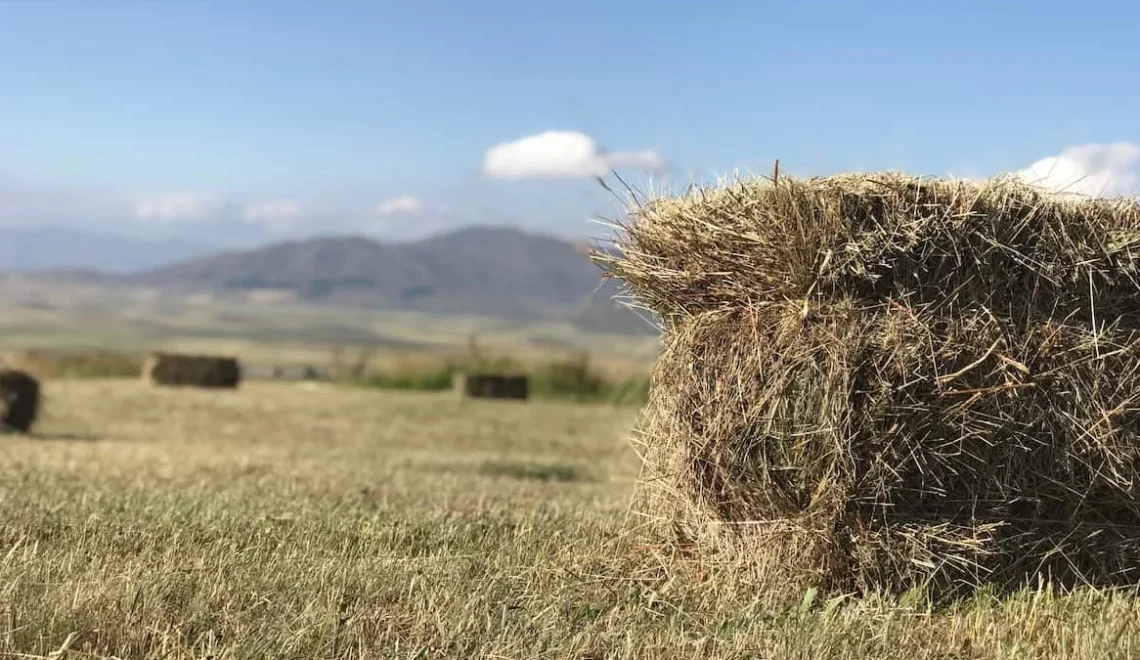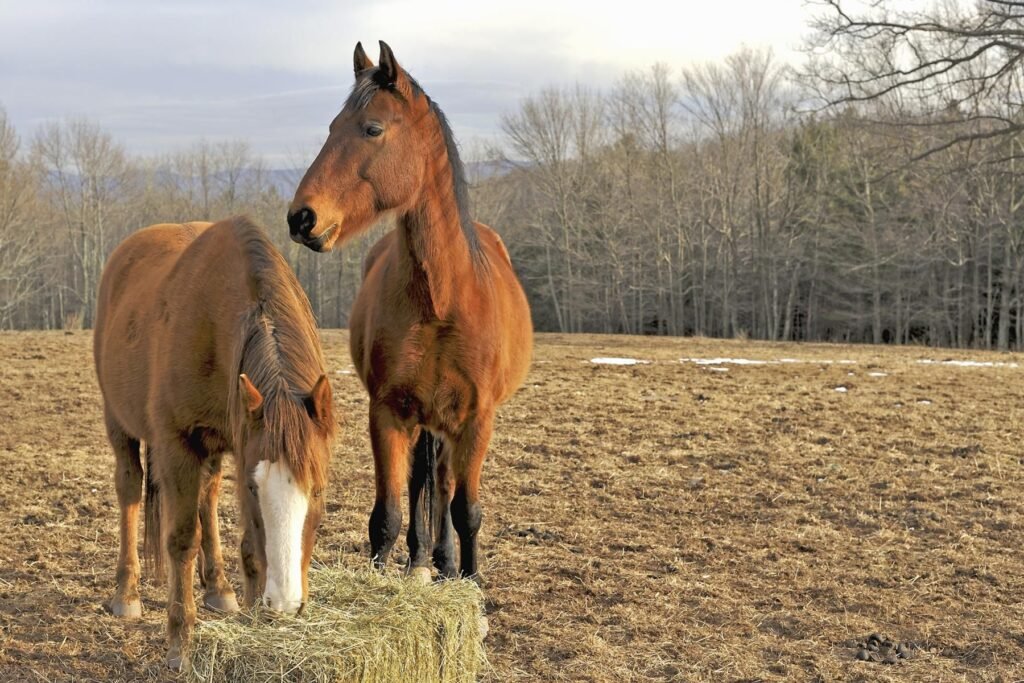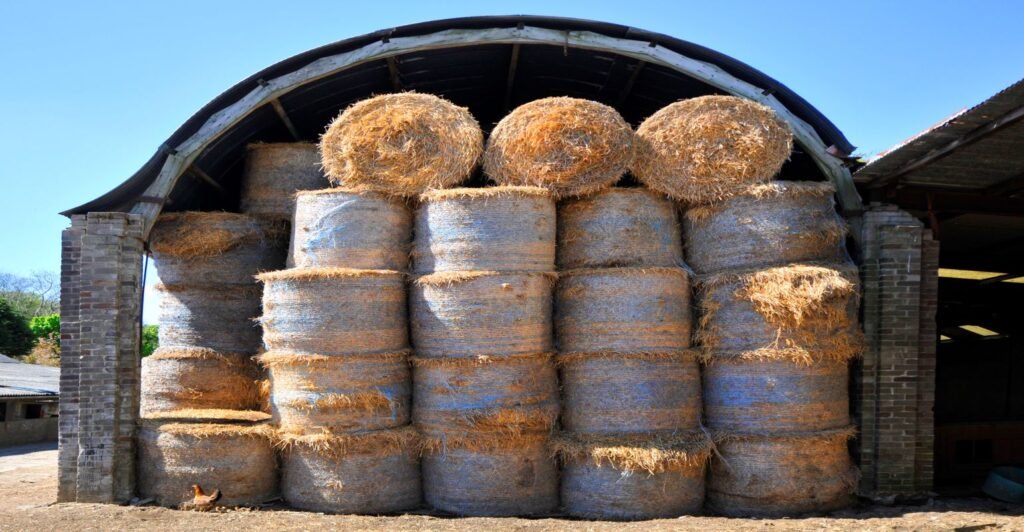
The Ultimate Guide to Horse Hay Prices Across the U.S
Caring for horses is a rewarding experience, but it comes with its challenges, including feeding costs. One of the biggest variables for horse owners is the cost of hay, which can fluctuate dramatically based on location, supply, and seasonal factors. In this comprehensive guide, we’ll explore horse hay prices across different states, breaking down regional trends, factors that influence costs, and tips to save money while ensuring your horses get the nutrition they need.
Also, Check Out: Secrets Behind Horse Lifespan
Table of Contents
Why Understanding Horse Hay Prices Is Essential

The cost of feeding your horse depends heavily on the average cost of a hay bale in your area. Not knowing how much is hay for horses can lead to budgeting challenges, especially during winter or in areas prone to drought. For instance, the price for a bale of hay in Florida might differ significantly from the cost in California or Texas.
Average Horse Hay Prices by State
Horse hay prices vary significantly across the United States. Here’s a snapshot of the average costs in key regions:
- California: Due to the high demand and lower rainfall, the average cost of a hay bale here can range from $18 to $25.
- Florida: In areas with abundant supply, such as Northern Florida, how much is a bale of hay in Florida might only cost $8 to $12. However, coastal regions see higher rates.
- Texas: A hub for agriculture, Texas offers relatively cheaper hay, with prices typically around $10 to $15 per bale.
- Northeast States: States like New York and Pennsylvania tend to charge $12 to $18 per bale due to limited farmland.
- Midwest: Known as America’s breadbasket, Midwest states like Kansas or Iowa offer hay for as low as $6 per bale during harvest season.
Factors such as quality, type (alfalfa vs. grass hay), and bale size can also influence these costs.
What Influences Horse Hay Prices?
Understanding how much do hay bales cost requires a look at the variables that determine their price:
1. Geographical Availability
States with vast agricultural lands (e.g., Kansas, Nebraska) produce hay in surplus, resulting in lower prices.
2. Seasonal Fluctuations
During winter, the average cost of a bale of hay tends to rise due to increased demand and limited supply.
3. Hay Type
Premium hay such as alfalfa often costs more than basic grass hay. For instance, high-quality alfalfa might be double the price for bale of hay compared to orchard grass.
4. Shipping and Transportation
In areas like Florida or Hawaii, imported hay incurs additional shipping fees, pushing the costs higher.
Money-Saving Tips for Horse Owners

Keeping your costs manageable doesn’t mean compromising on quality. Here are practical strategies:
- Buy in Bulk: Purchasing large quantities directly from farms can lower the how much does bale of hay cost compared to retail.
- Seasonal Stockpiling: Take advantage of the harvest season when hay prices are at their lowest.
- Local Co-ops: Join local horse-owner groups to share transportation costs for hay.
- Opt for Alternative Feed: During high-price periods, consider supplementing with other feed sources.
Conclusion
Understanding horse hay prices is crucial for responsible horse ownership, especially as costs can vary widely across states. Whether you’re in California managing higher prices or in the Midwest benefiting from agricultural abundance, staying informed helps you make smarter purchasing decisions.
For more information about how much does hay sell for in your state, consult local farm cooperatives or agricultural extension offices.









